TECH SPECS
A direct comparison of priority mini cargo van specifications
with unbiased commentary
GEARBOX
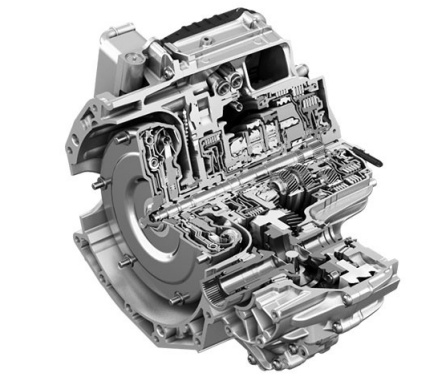
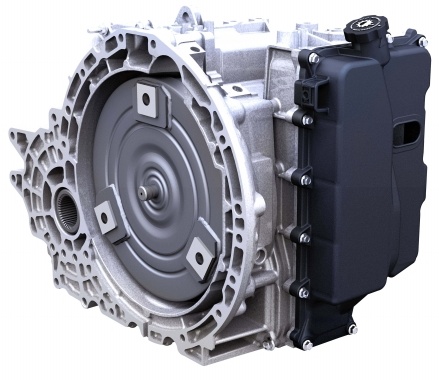
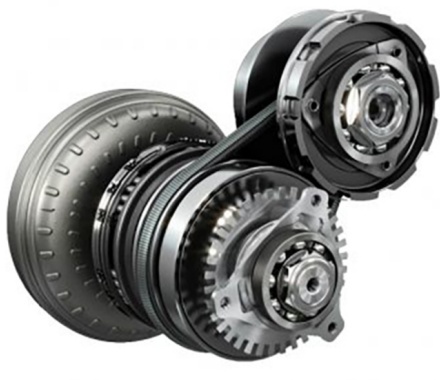
The transmission design was definitely a deciding factor for me. I wanted to avoid any elevated risk of the transmission going out early and ending up at the mercy of a dealership repair center.
I was looking for proven, long-term reliability and simplicity, which tends to go hand-in-hand in my experience. The Connect, before the 2019 drivetrain update, seemed to have that in spades (see RELIABILITY page). Lacking a manual transmission option, I wanted, at the very least, to avoid excessive, software-induced gear changes and limit the potential for future gear selection hesitancy during regular operation. The 6-speed auto is about as good as it gets for a vehicle in this class given the options above. Thus far I can report that the Connect’s 6-speed is great in both acceleration and cruising all factors considered.
As for the NV200’s belt-driven Constant Variable Transmission, this route was not as appealing to me from a long-term reliability perspective. Additionally, it did not have any capability for towing if I wanted to hitch a small trailer at some point reducing overall utility (see Towing Capacity below).
ENGINE
| Fuel |
| Unleaded |
| Combined MPG |
| 24 |
| Tank Capacity |
| 16.0 Gal |
| Engine |
| 2.4L |
| Torque/RPM |
| 174 @ 3800 RPM |
| Fuel |
| Flex/Unleaded |
| Combined MPG |
| 23 |
| Tank Capacity |
| 15.8 Gal |
| Engine |
| 2.5L |
| Torque/RPM |
| 171 @ 4500 RPM |
| Fuel |
| Unleaded |
| Combined MPG |
| 25 |
| Tank Capacity |
| 14.5 Gal |
| Engine |
| 2.0L |
| Torque/RPM |
| 139 @ 4800 RPM |
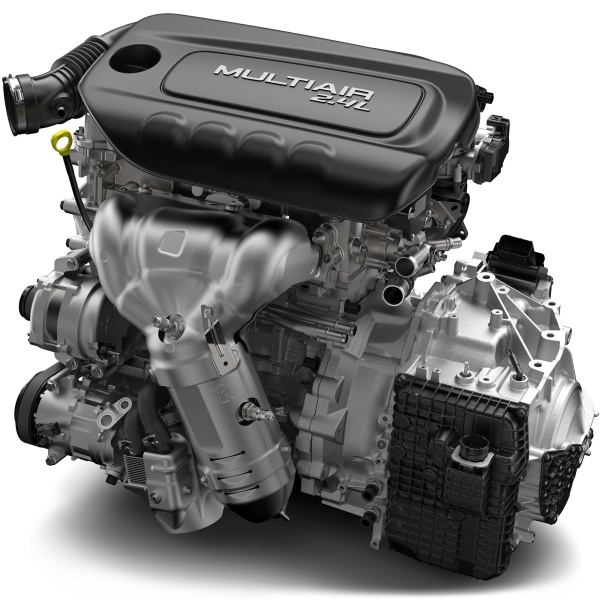
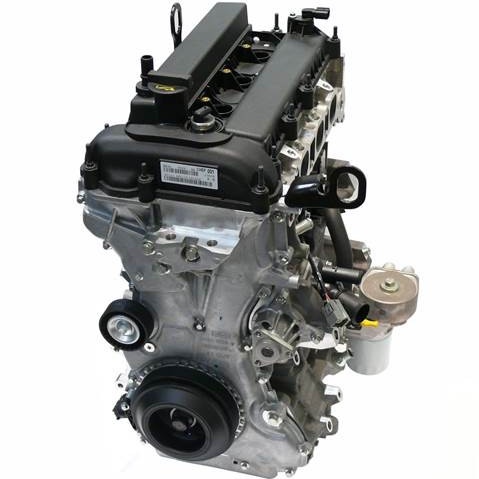
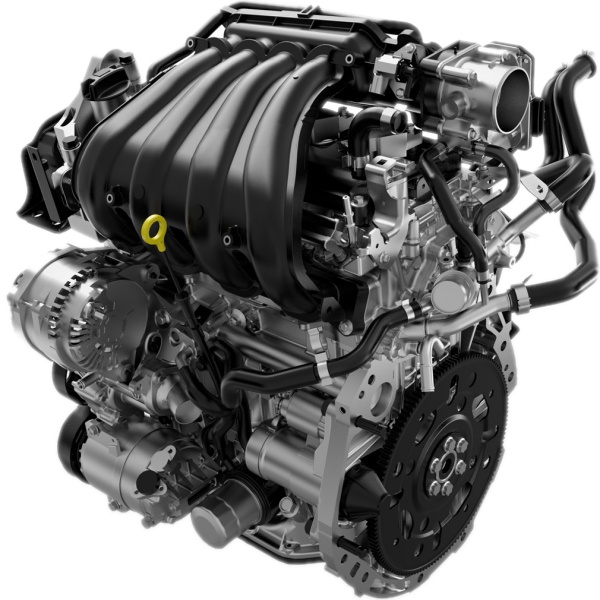
Torque production was another important consideration. She has to have some go, and I didn’t want a weak response at highway speeds while attempting a pass with the camper conversion weight or when navigating a long climb into the mountains.
While the Promaster City wins this category producing higher torque at lower RPM translating into more responsive power under partial throttle conditions, the Connect was a close second for peak torque output. With only 2.0L displacement, the NV200 lags a fair amount behind generating lower peak torque at higher RPM.
That being said, these are all respectable 4-cylinder engines featuring the modern improvements we’ve come to expect that optimize for power, efficiency, and reliability including:
- MPFI or Direct fuel injection
- Dual overhead camshafts with variable-valve timing
- Cast iron cylinder liners for increased durability
- Timing chains (eliminates those costly timing belt changes)
FUEL ECONOMY AND RANGE
The fuel economy between the van platforms is very comparable, with the NV200 taking the win overall. This makes sense as it is the lightest vehicle with smaller wheels+tires as well as a CVT transmission, all factors that improve real-world City fuel economy in particular.
Depending upon your intended length of ownership, however, fuel economy alone probably shouldn’t be considered independently from the anticipated overall mechanical reliability of the vehicle. I try to think about fuel economy in terms of Total Cost of Ownership as it only takes one major repair to wipe out years of minor MPG savings.
As for maximum range, real world conditions and driving styles vary so much it’s barely worth mentioning other than to say all 3 vans are likely to be hovering somewhere around 400 miles/tank ±50 miles. The Promaster City will tend to lead this category overall by nature of having the largest fuel capacity and a 9-speed transmission however.
For a real-world reference, my last 4,600 mile road trip averaged 26.0 MPG, with the roof rack, while crisscrossing the mountainous Pacific NW. Not bad for a camper.
GROUND CLEARANCE
| Turning Radius |
| 42.0 ft |
| Curb Weight |
| 3512 lbs |
| Max Payload |
| 1883 lbs |
| Max Tow Capacity |
| 2000 lbs |
| Ground Clearance |
| 5.1 in |
| Turning Radius |
| 40.0 ft |
| Curb Weight |
| 3618 lbs |
| Max Payload |
| 1610 lbs |
| Max Tow Capacity |
| 2000 lbs |
| Ground Clearance |
| 6.3 in |
| Turning Radius |
| 36.7 ft |
| Curb Weight |
| 3260 lbs |
| Max Payload |
| 1480 lbs |
| Max Tow Capacity |
| N/A |
| Ground Clearance |
| 6.5 in |
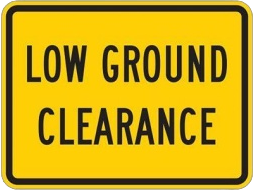
It’s no secret that cargo mini-vans all suffer from relatively low ground clearance. While these are all tarmac shuttles by design, it doesn’t mean that they can’t venture up and down dirt roads. They just require more attentive driving while exploring off the pavement in order not to get stuck or damage the undercarriage. Between the 3 vans, the NV200 takes the clearance crown, with the Connect as a close second.
Fortunately, that’s not all she wrote on the clearance chapter. There are two easy and relatively affordable ways to add up to 2.5″ of additional clearance to the Connect. One is to run taller 65 series tires over the stock 55 series. The second way it to install a 30 or 40mm suspension spring spacer kit. These remedies may be available on the other platforms, but I can only confirm fit and availability for the Ford.
While it’s interesting to make note of the other specifications listed above, nothing should be make or break save for the lack of Towing Capacity on the NV200 if that is a concern.
CARGO INTERIOR SPACE
| Wheelbase |
| 122.4 in |
| Length |
| 187.5 in |
| Width |
| 72.1 in |
| Max Cargo Capacity |
| 131.7 ft2 |
| Max Cargo Height |
| 52 in |
| Wheelbase |
| 120.6 in |
| Length |
| 189.7 in |
| Width |
| 72.2 in |
| Max Cargo Capacity |
| 128.6 ft2 |
| Max Cargo Height |
| 49.8 in |
| Wheelbase |
| 115.2 in |
| Length |
| 186.3 in |
| Width |
| 68.1 in |
| Max Cargo Capacity |
| 122.7 ft2 |
| Max Cargo Height |
| 53.0 in |
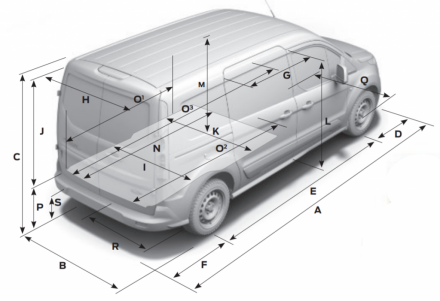
While Sprinter Van campers worry about standing up in their vans, the primary concern for a Mini-Cargo Van camper is the ability to sit up straight while on their camper furniture.
It’s Floor Insulation, then Flooring, then Camper Furniture, then Ceiling, then Roof Insulation, then Metal Roof. This is what I like to call “The Stack”.
No two ways about it, the Transit Connect has the lowest Stack by 2 to 3 inches when inches matter. Of course, would-be campers could make sacrifices regarding sitting height when constructing your sitting furniture, but this would surely hamper livability ergonomics.
Height Recommendation
As a consequence of this fixed design dimension,
I recommend a 6 ft maximum height limit for Transit Connect camping.
For taller folks, unless you want to make some livability sacrifices, it’s probably in your best interest to choose a Promaster City, NV200, or even 1st generation Connect. Full disclosure.
